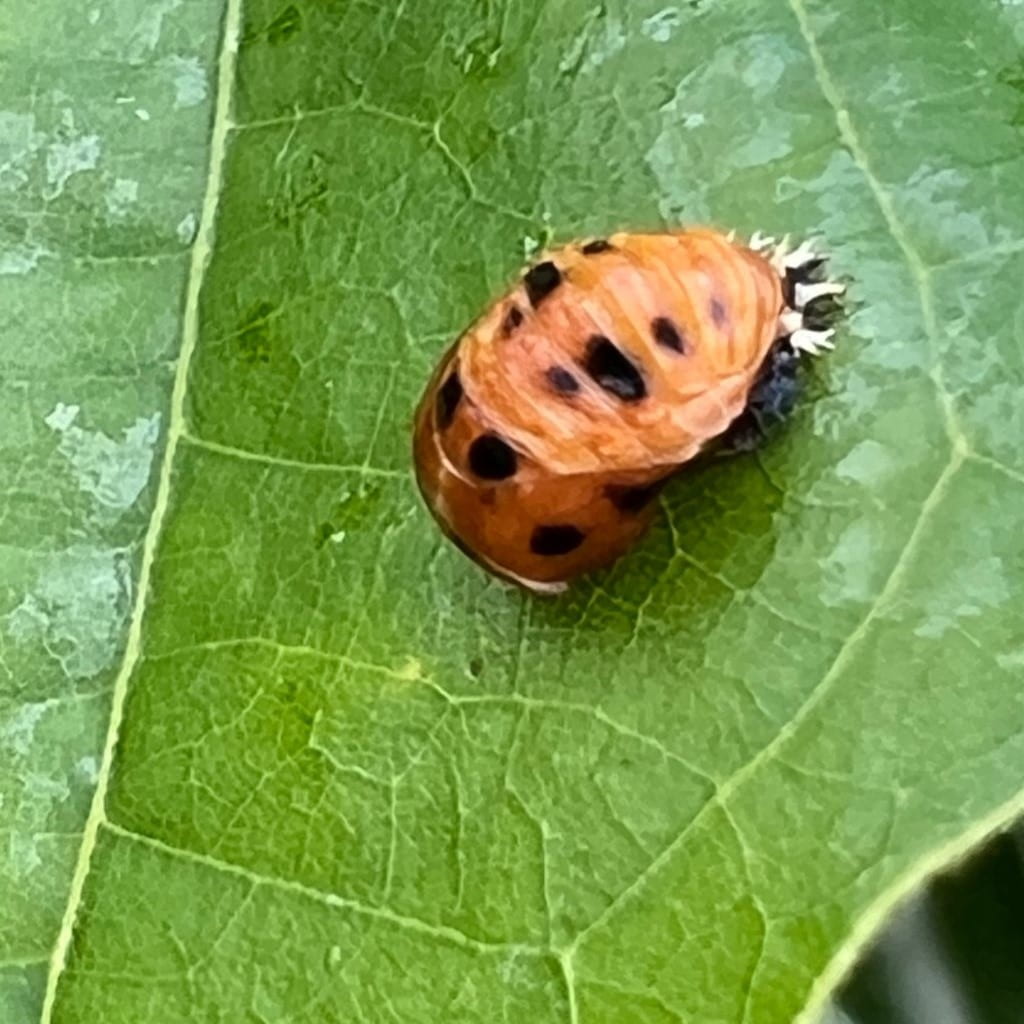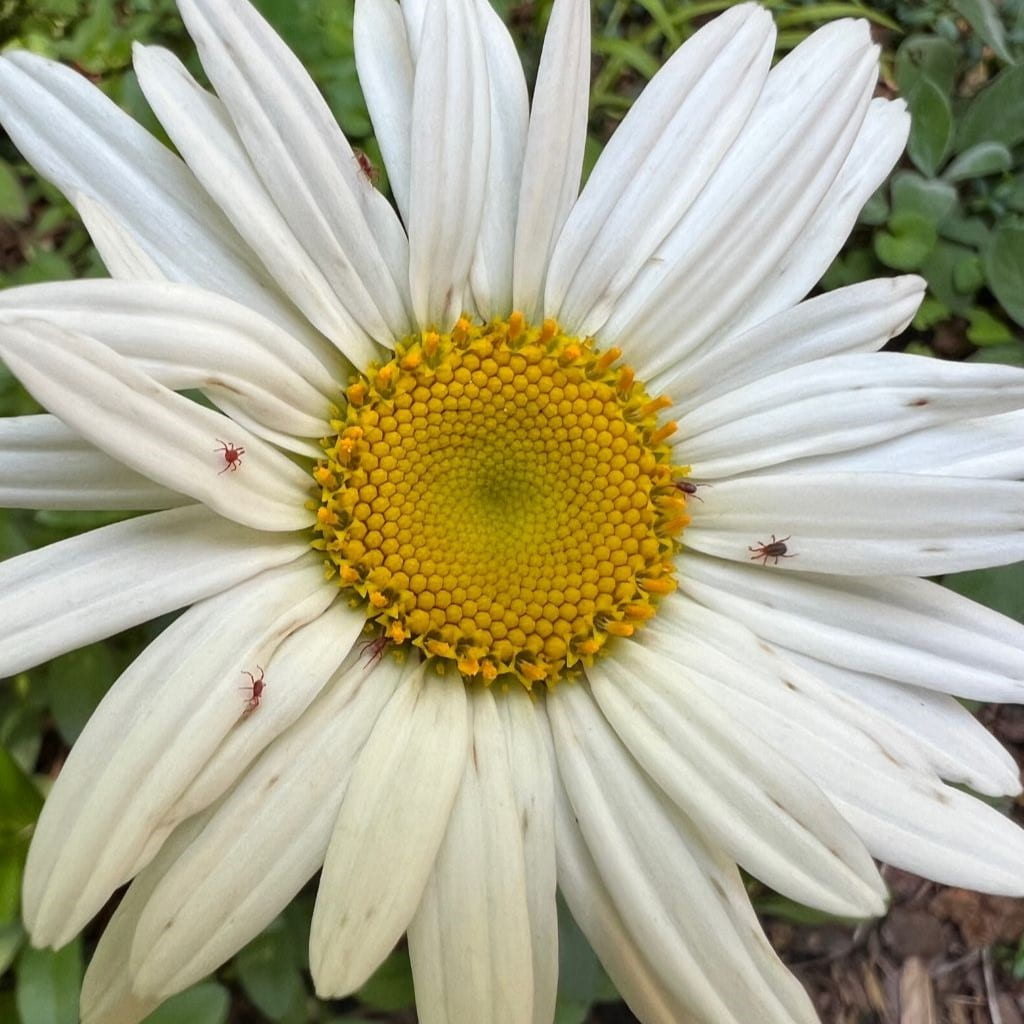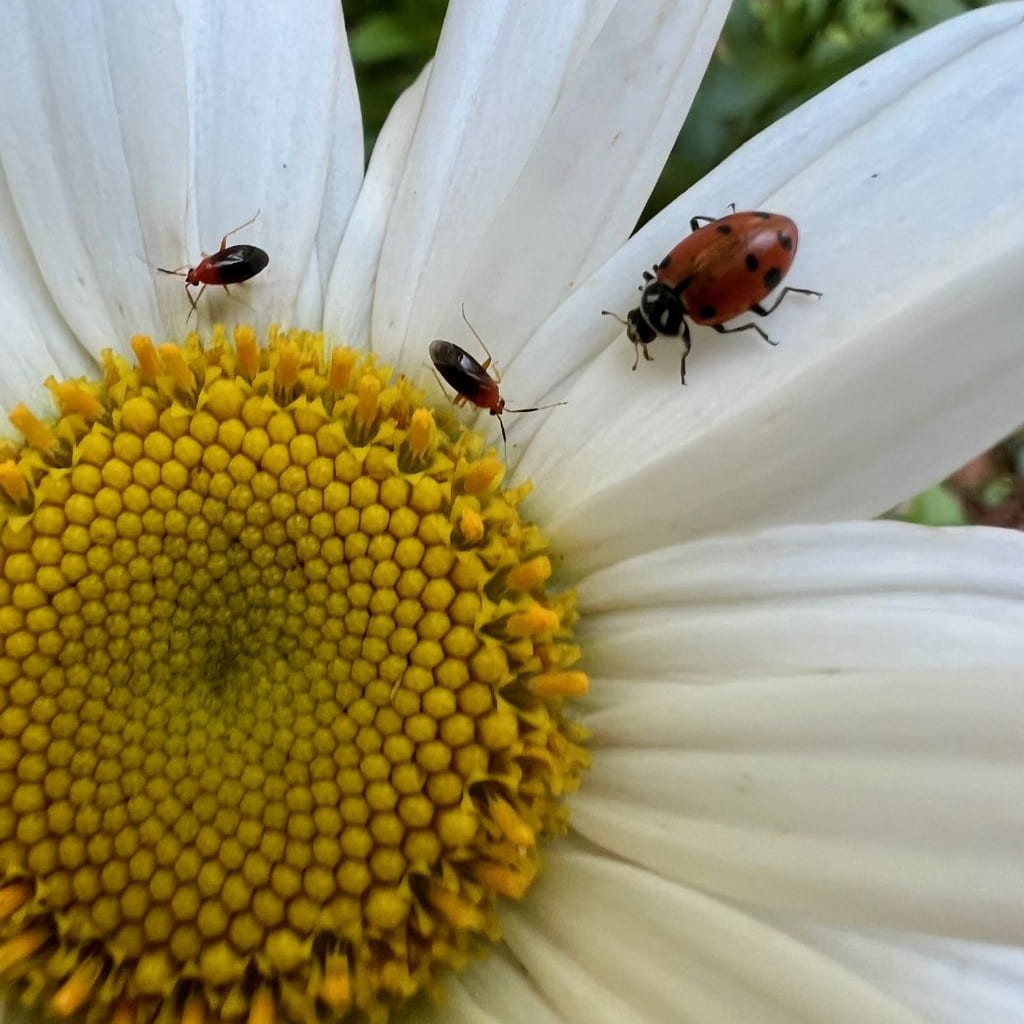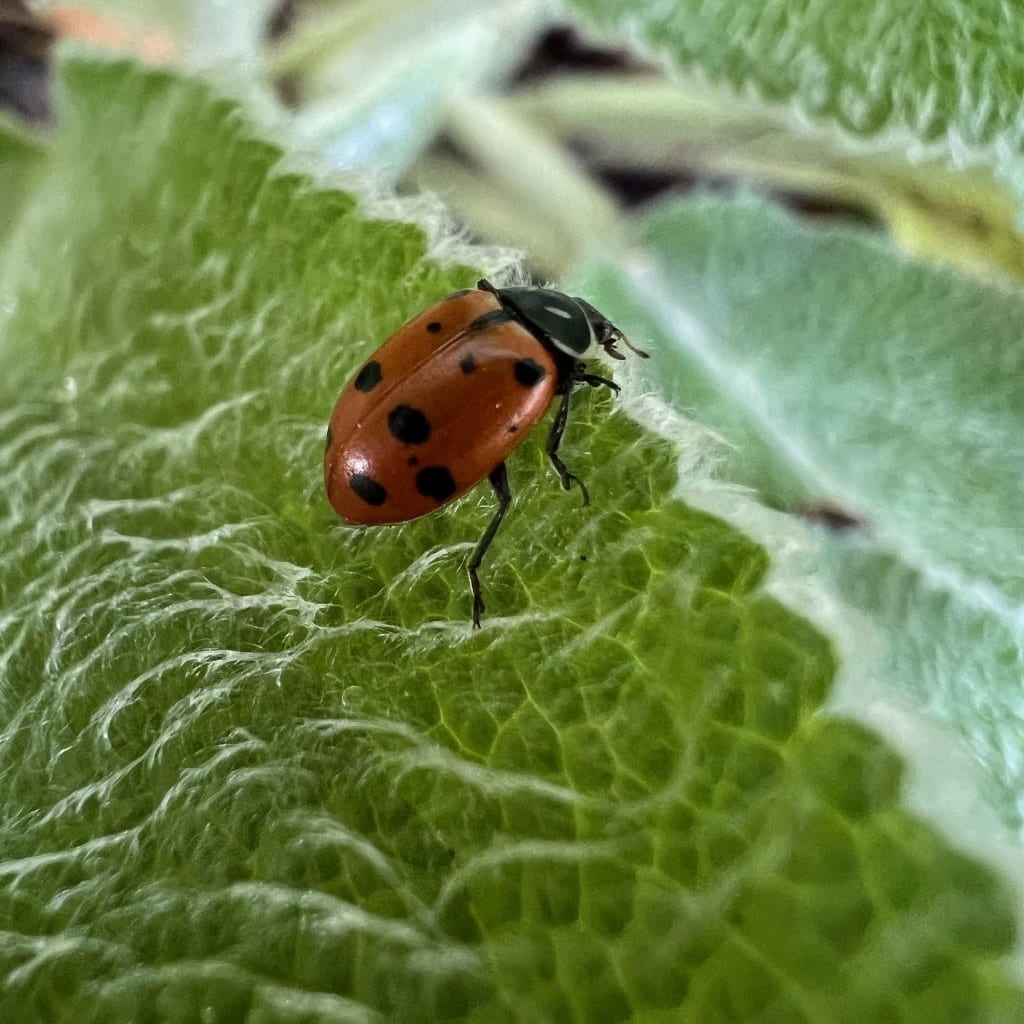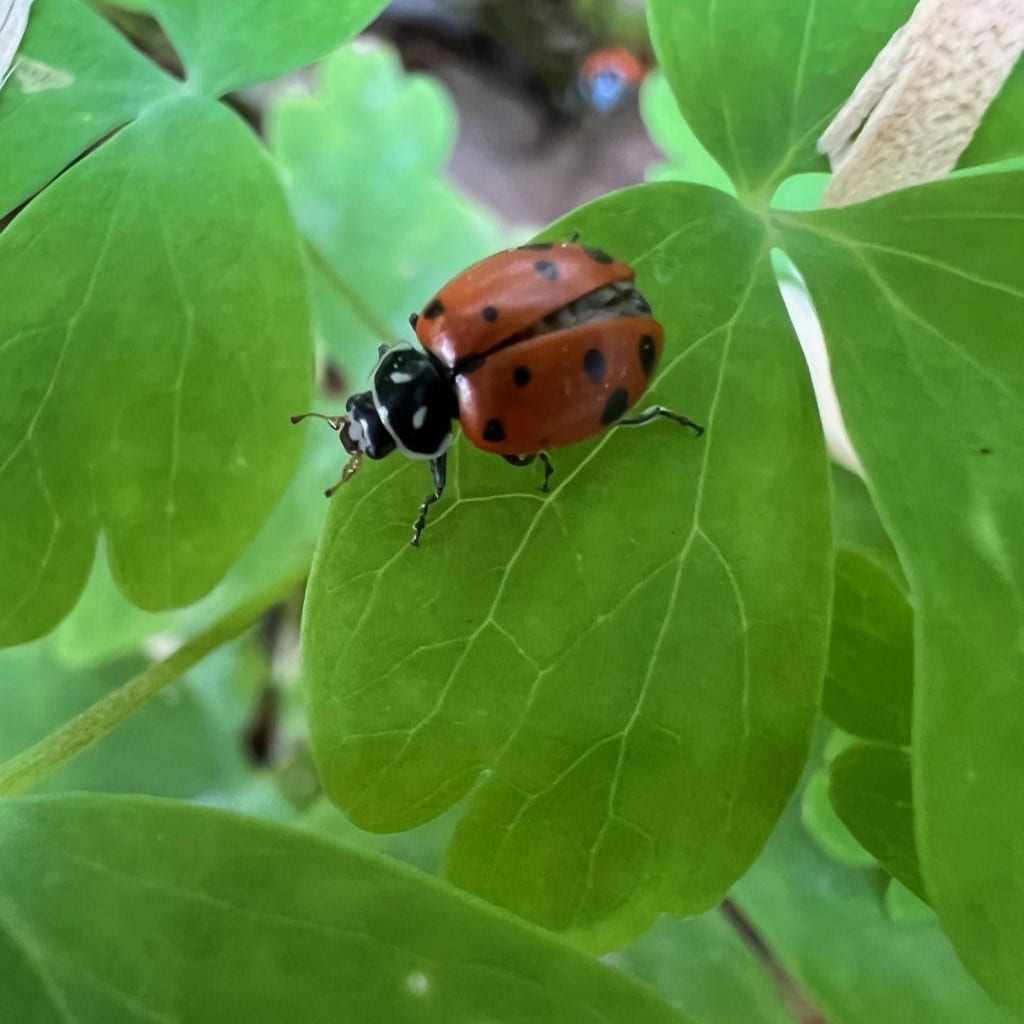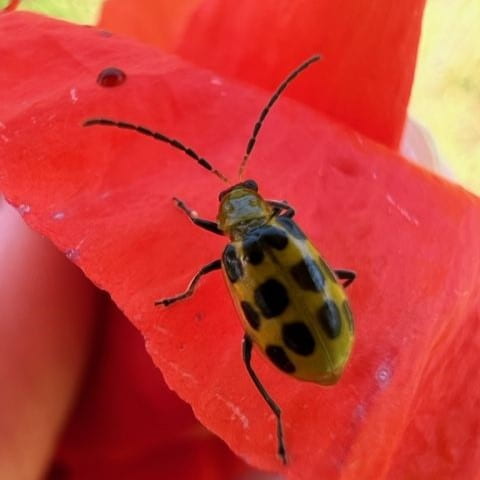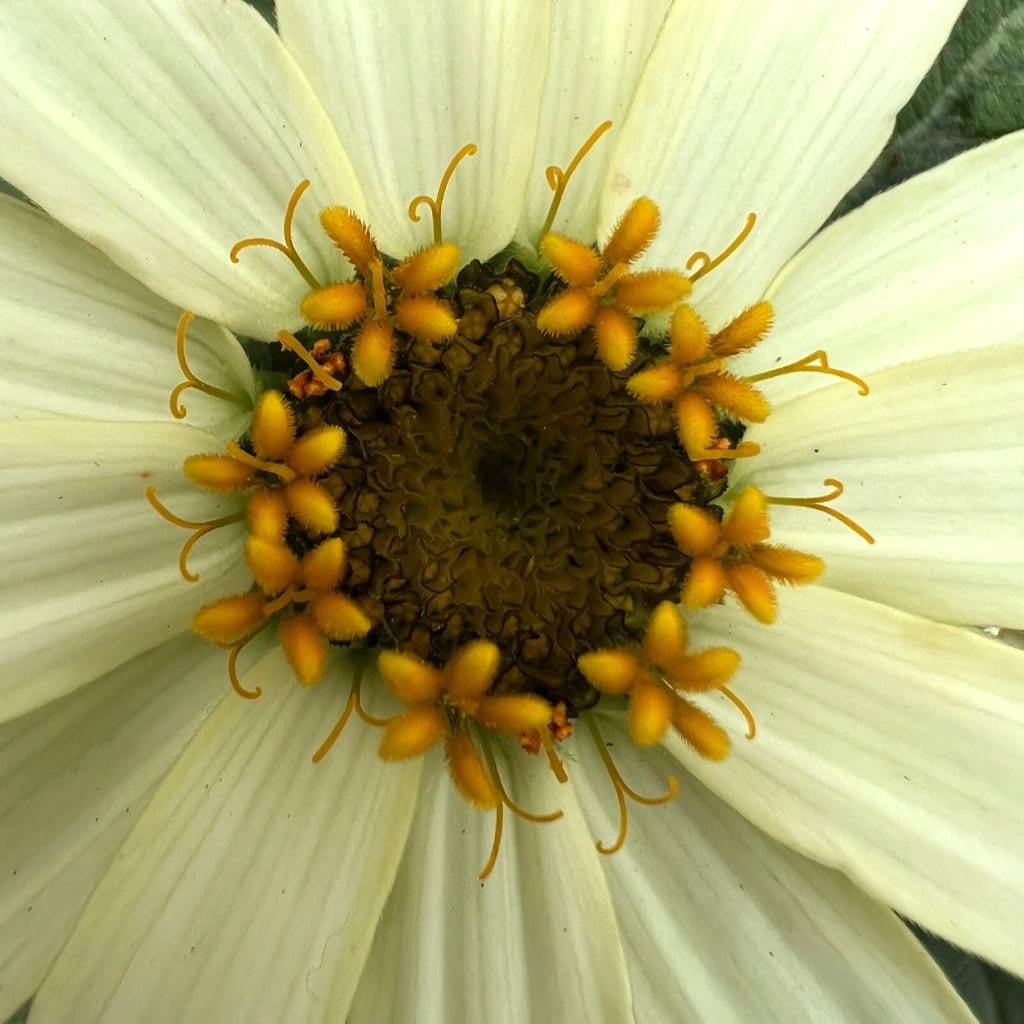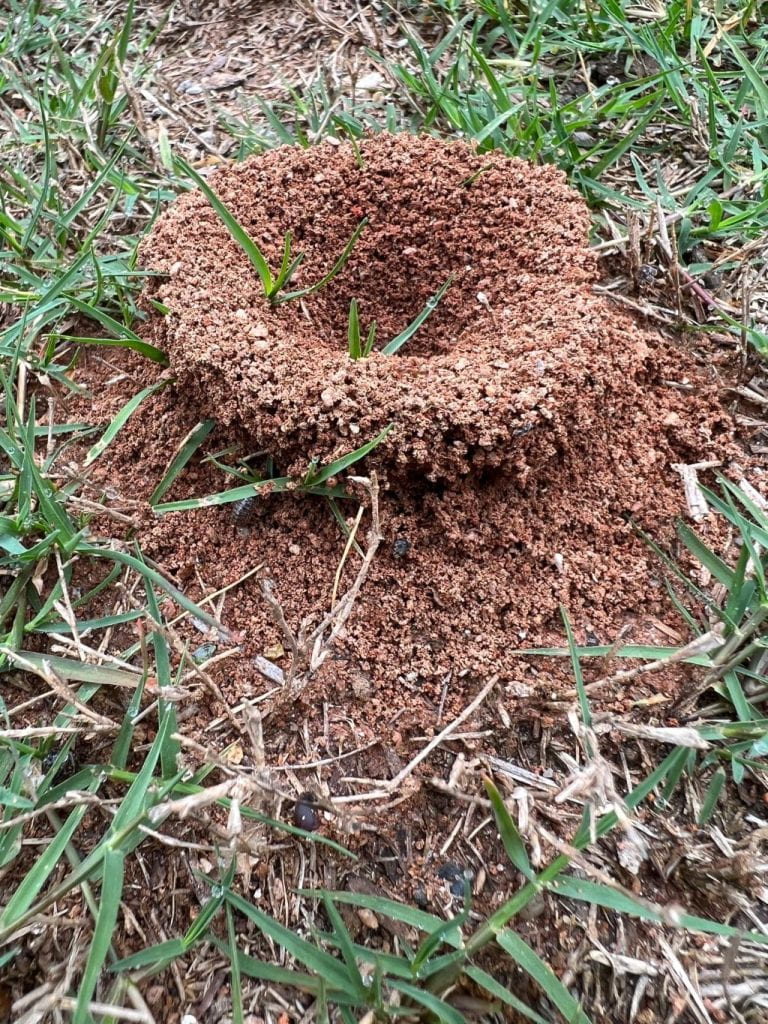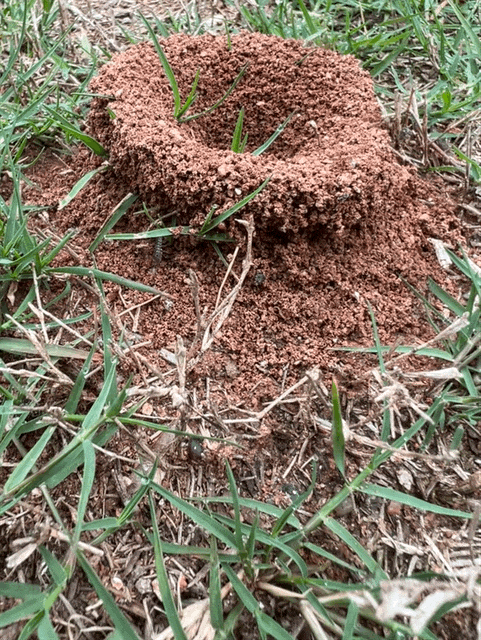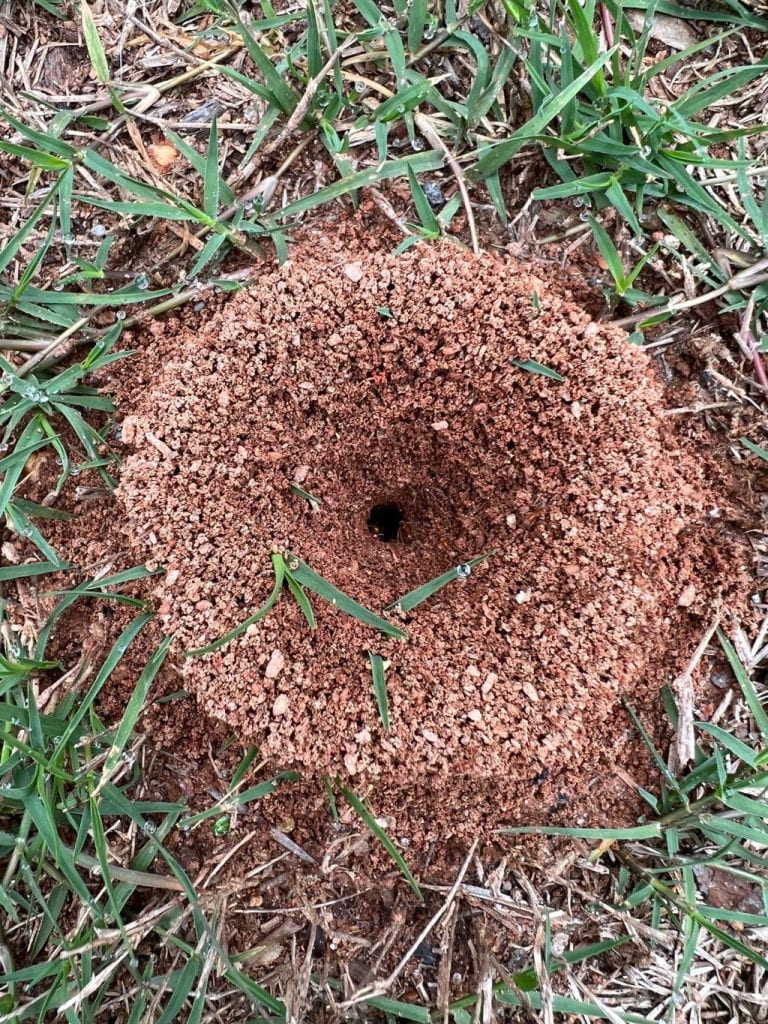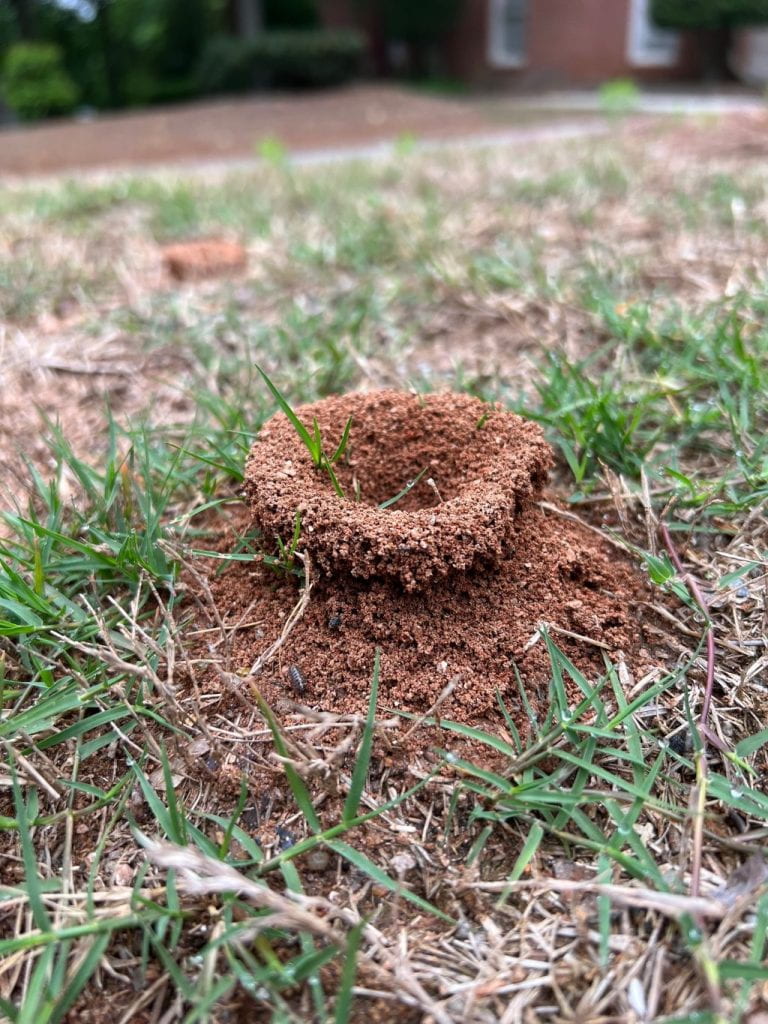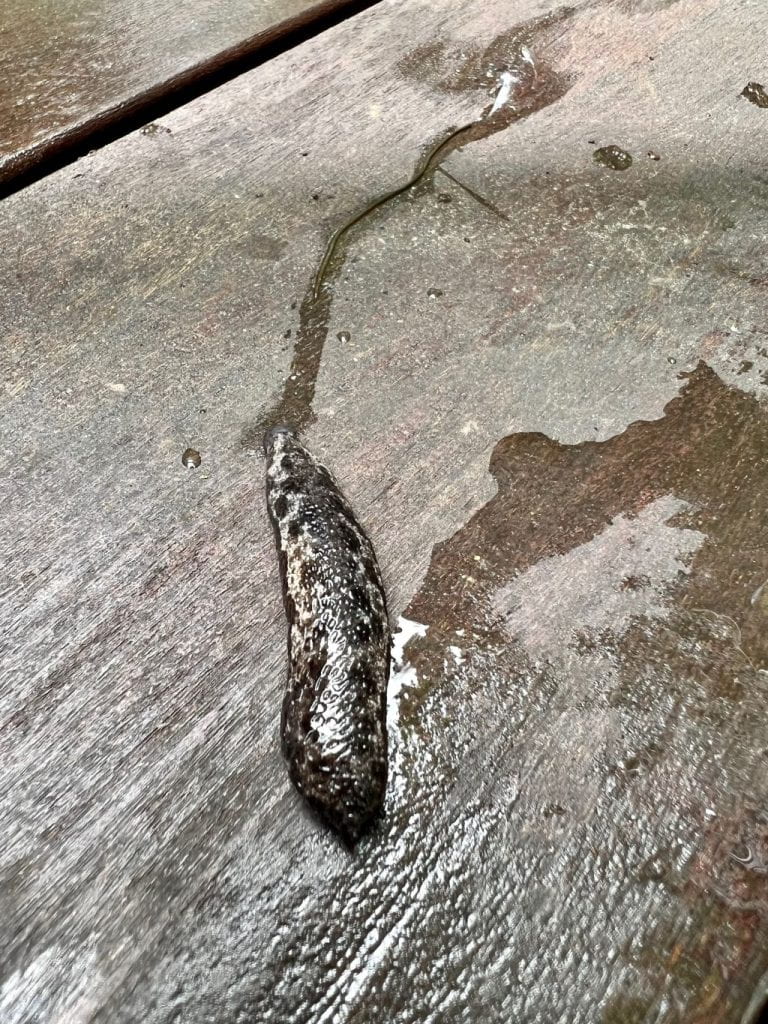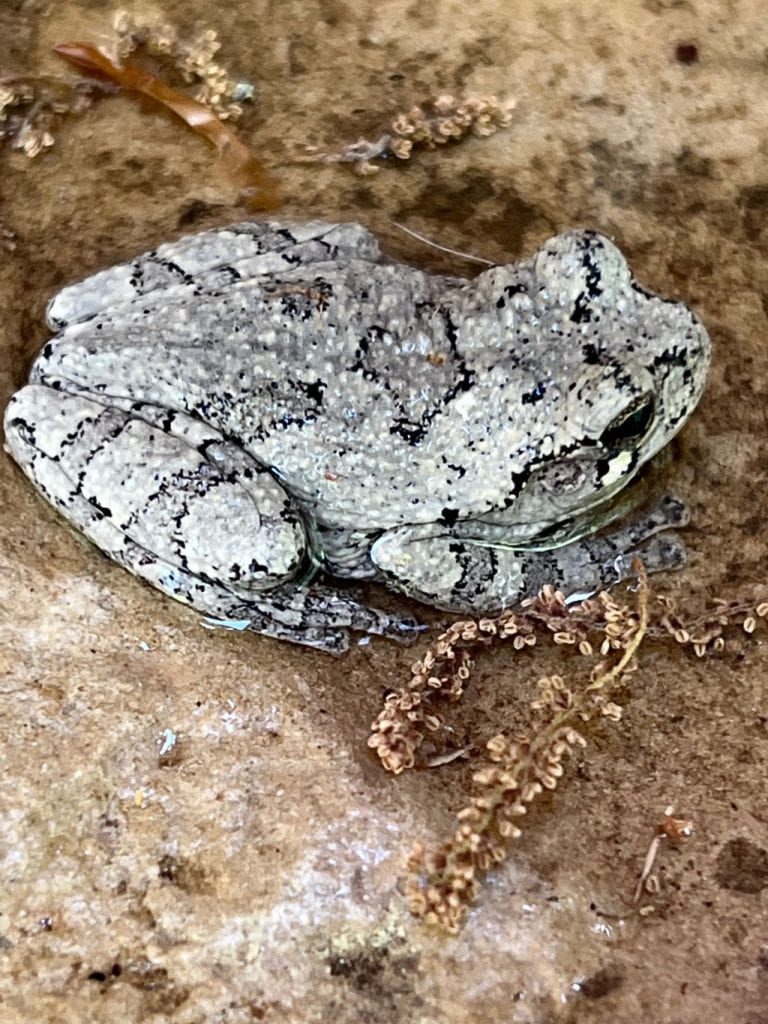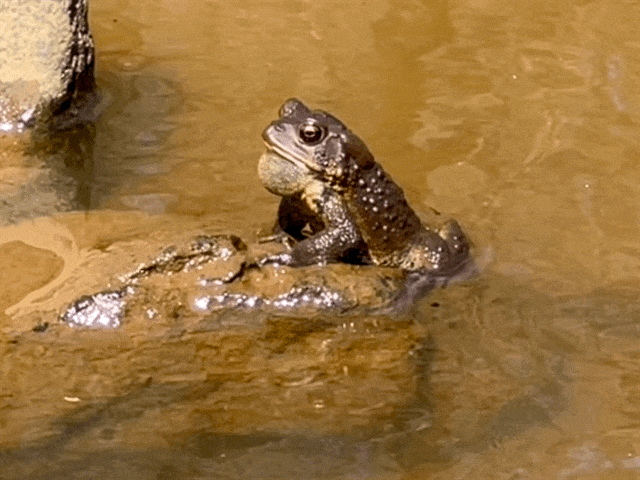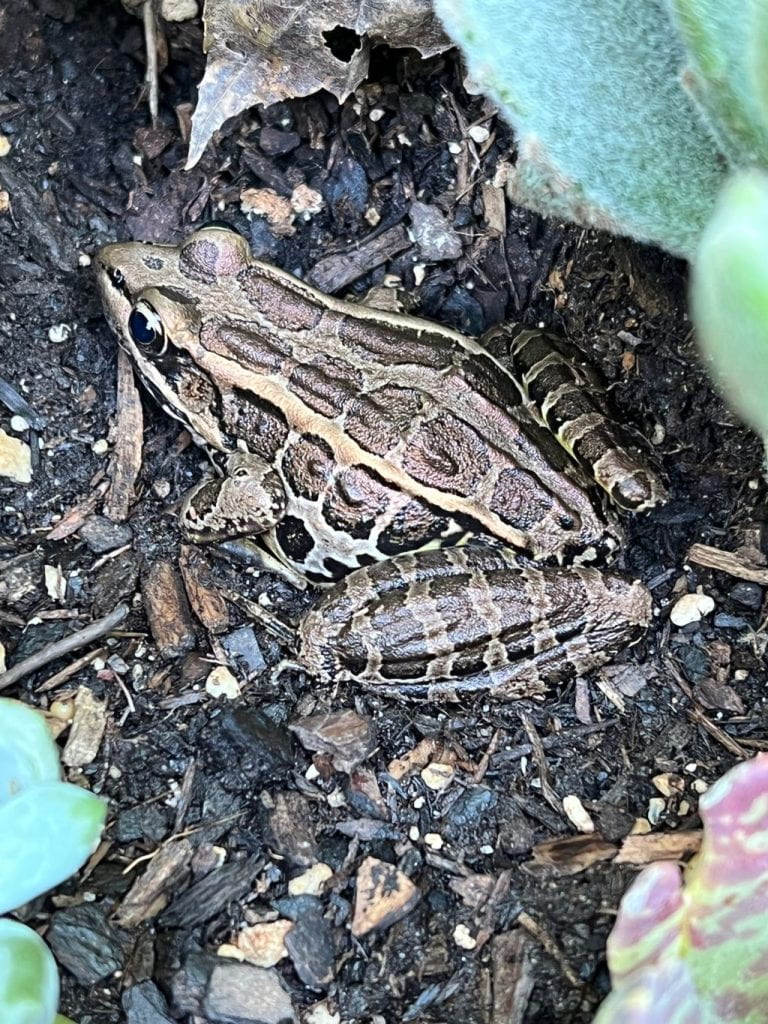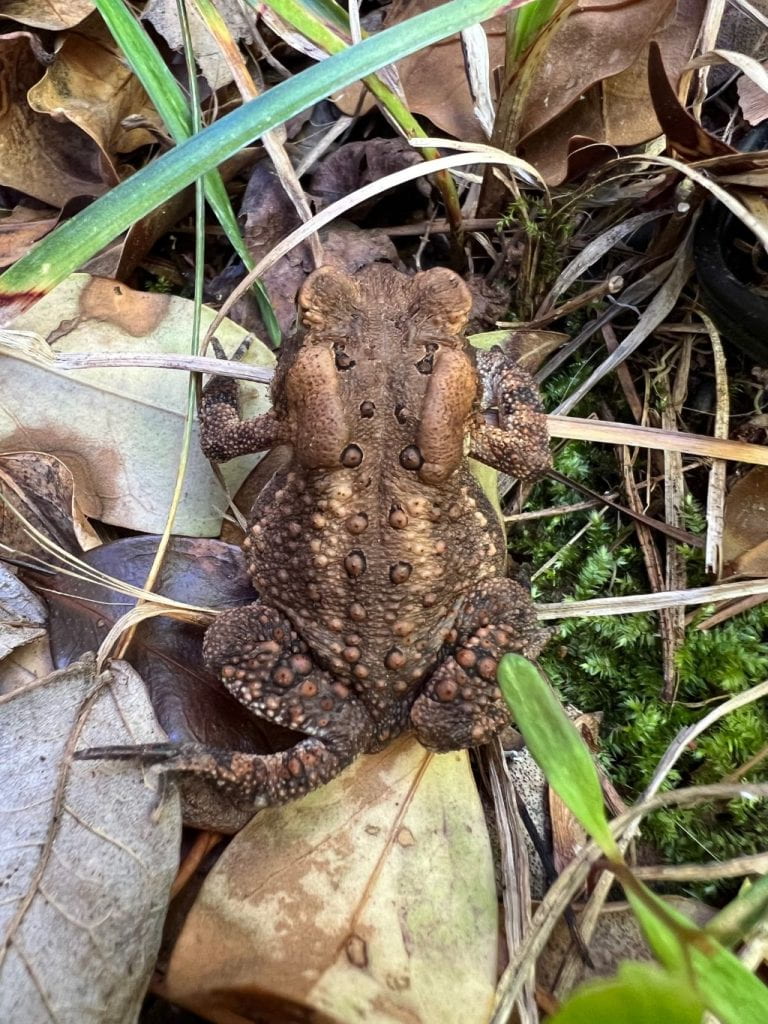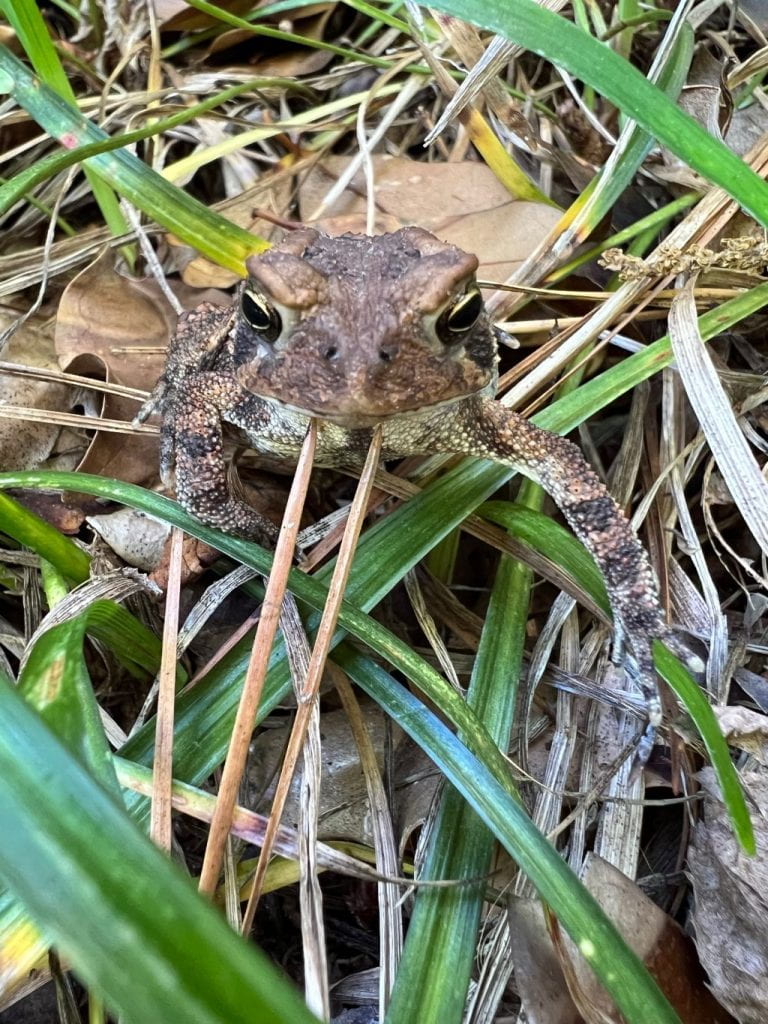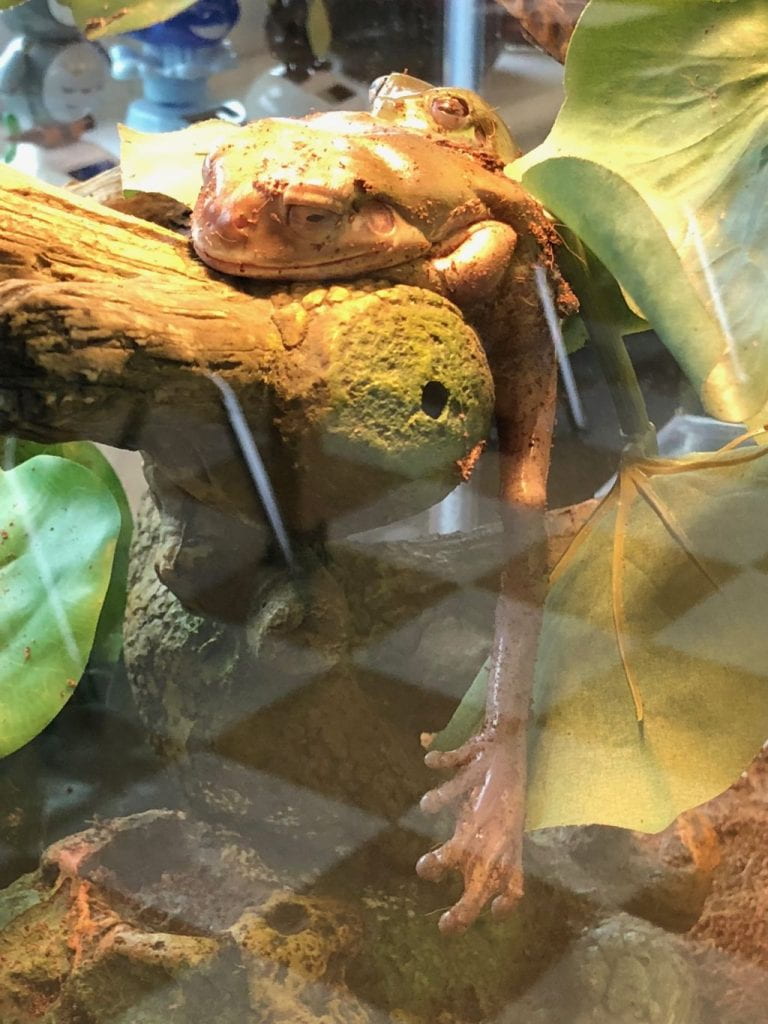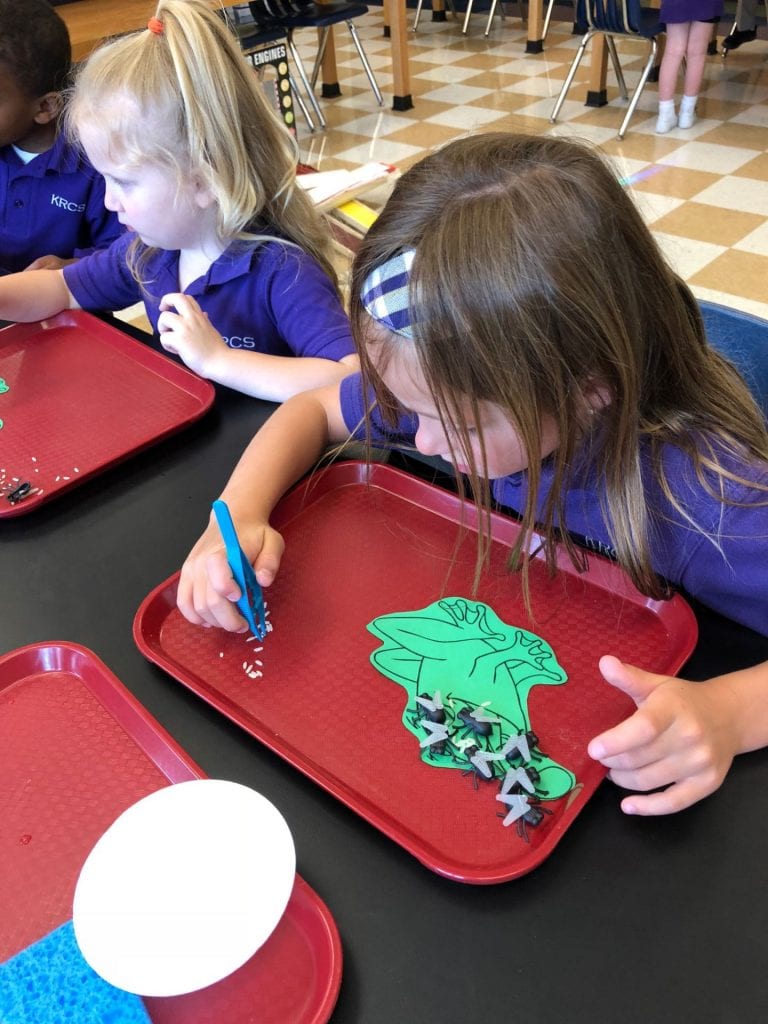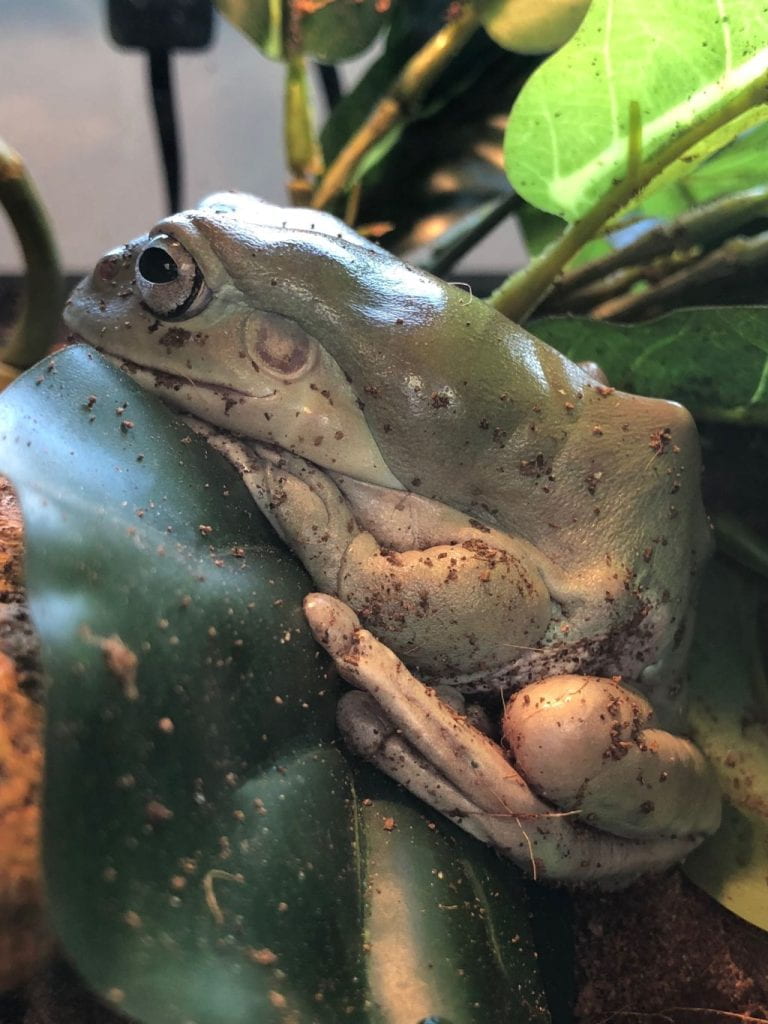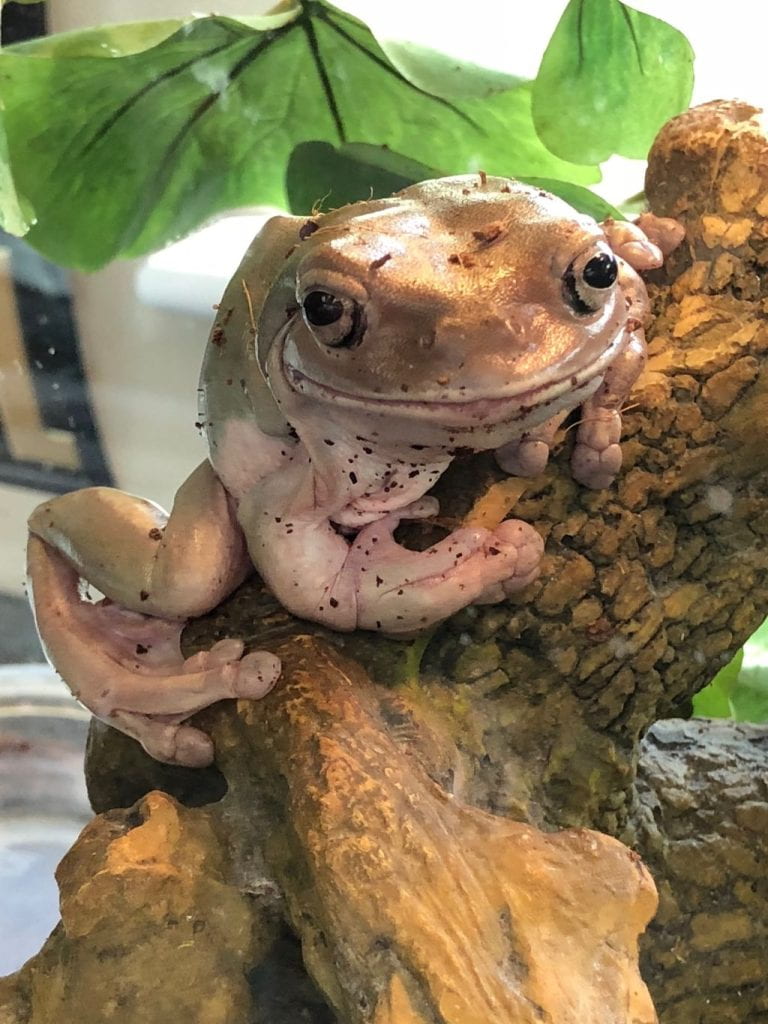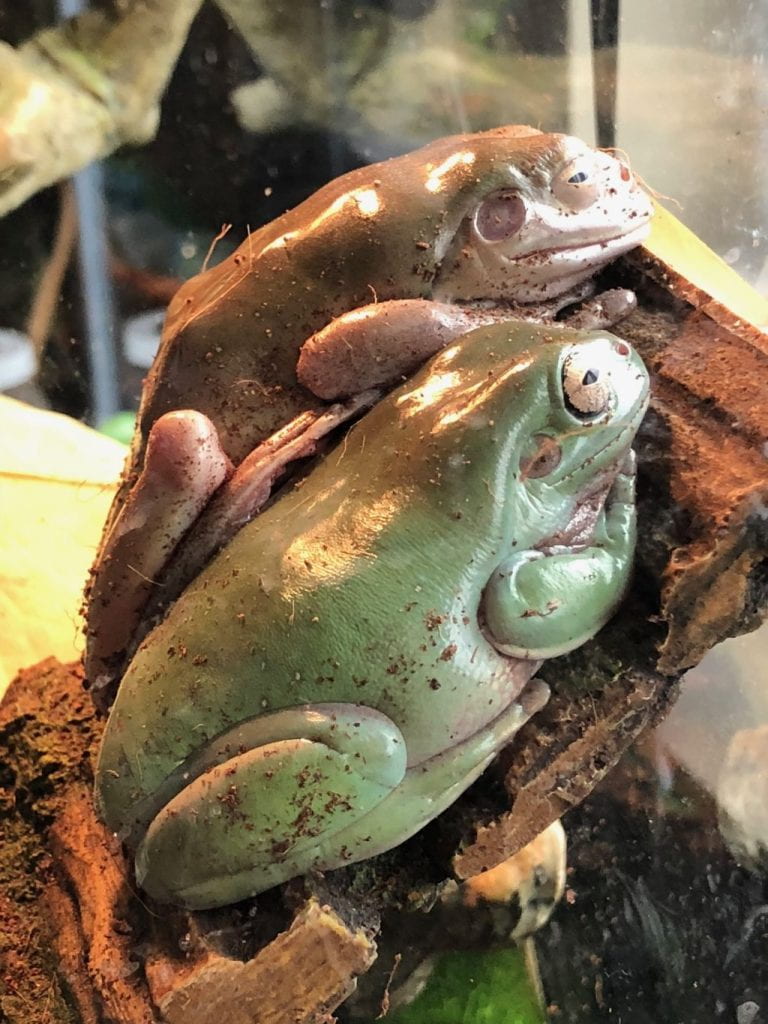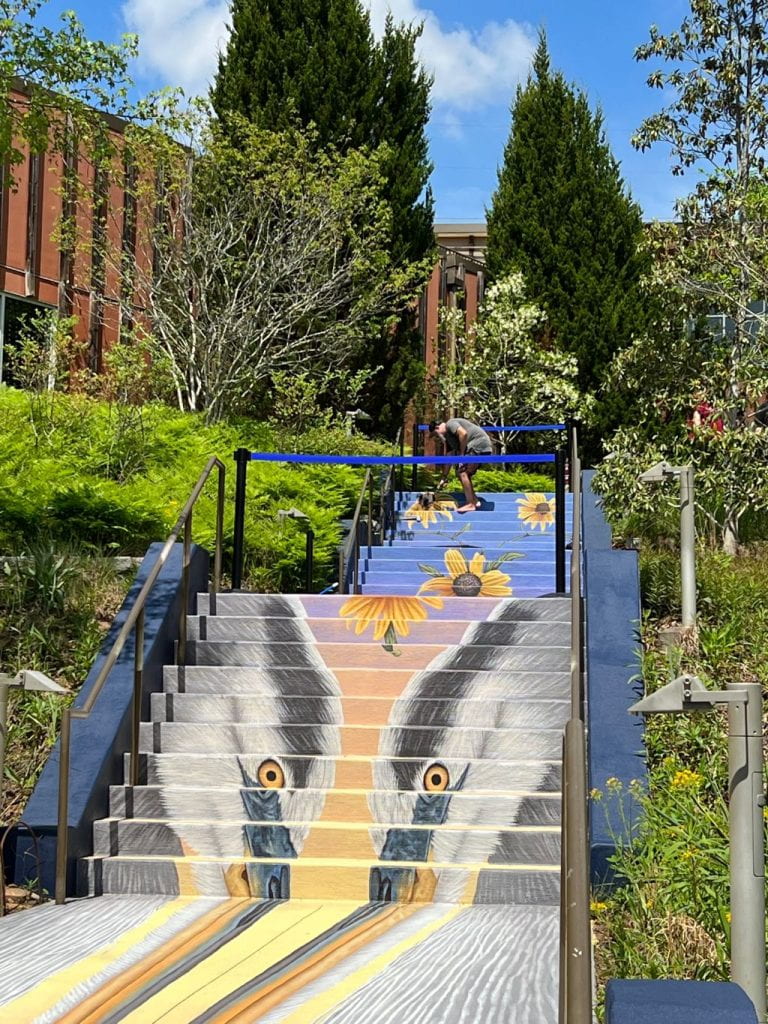Mystery Creature
I saw these little creatures crawling on tree leaves. Can you identify? Many people cannot! Scroll further to find the answer.
This crocodile looking creature is the larval stage of a ladybug. As it grows, it will molt until it’s time to move into the next stage of metamorphosis.
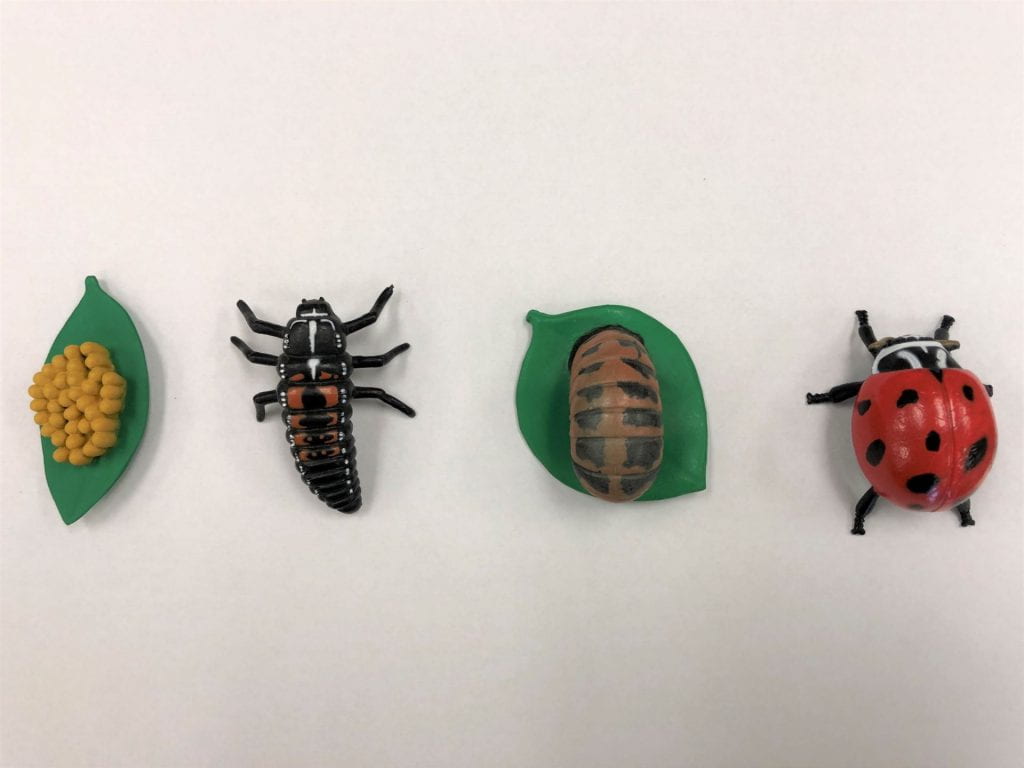
I also discovered the pupa stage. Before long, the adult ladybug will emerge.
Click here to view full screen.
Learn more about the life cycle of a ladybug. Click here to view full screen.
Fun Facts:
Ladybugs are classified as beetles, not bugs.
The Ladybug’s bright color warns predators that they are not a tasty snack.
Ladybugs hibernate.
A ladybug’s body consists of three body parts (head, thorax, and abdomen), six jointed short legs, wings, exoskeleton, and antennae.
They are carnivores because they eat bugs.
There are more than 5000 species of ladybugs.
The Ladybug is the Official State Insect of six states: New York, North Dakota, Ohio, Massachusetts, New Hampshire and Tennessee.
A group of ladybugs is called a loveliness.
Ladybugs can be red, yellow, orange, pink, and sometimes black.
NASA sent four ladybugs and aphids to space in 1999 to see if the ladybugs could eat in zero gravity.
I purchased ladybugs from a local nursery to feast upon aphids and spider mites on my daisies below. Rid your garden of pests naturally.
Purchase ladybug larvae from Insect Lore and watch as they move through the stages of metamorphosis.
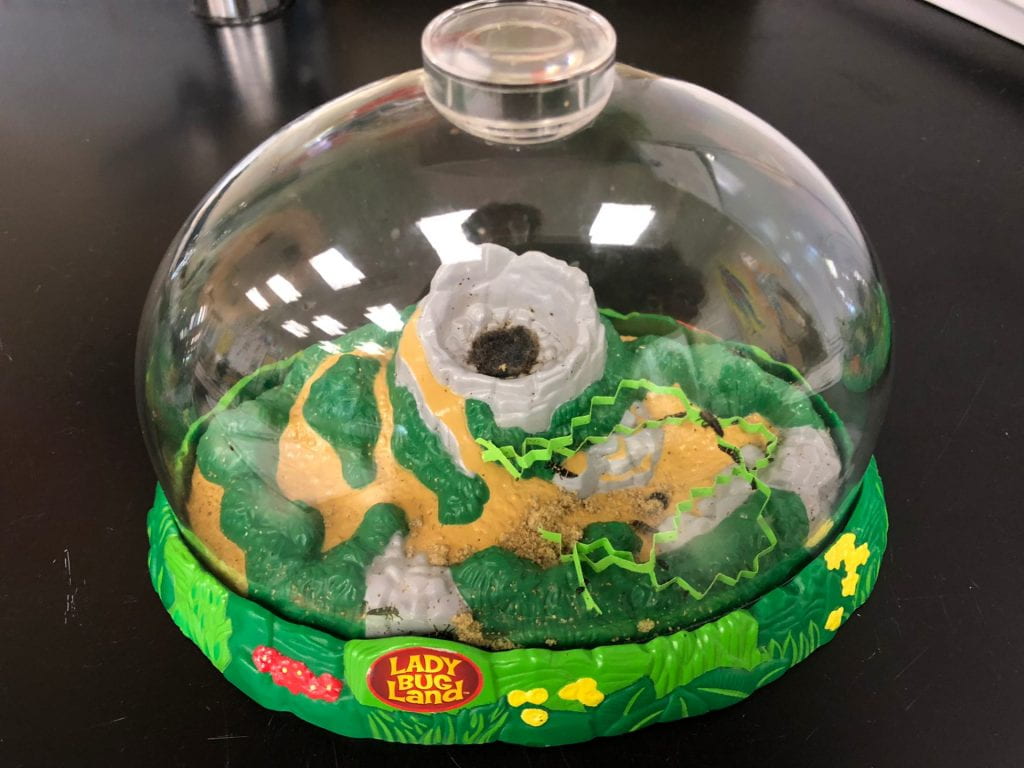
Ladybugs are easy to draw and can be used to introduce symmetry.
I spotted (no pun intended) this beetle at Gibbs Gardens and wondered if it was a ladybug since they come in a variety of colors. But after research, I believe it is a cucumber beetle. They are not a desirable garden visitor!
Is this the larval stage of another species of ladybug? What do you think?


